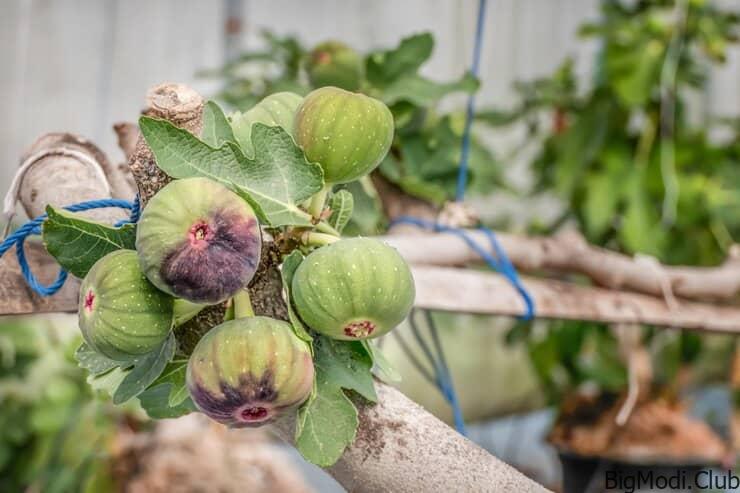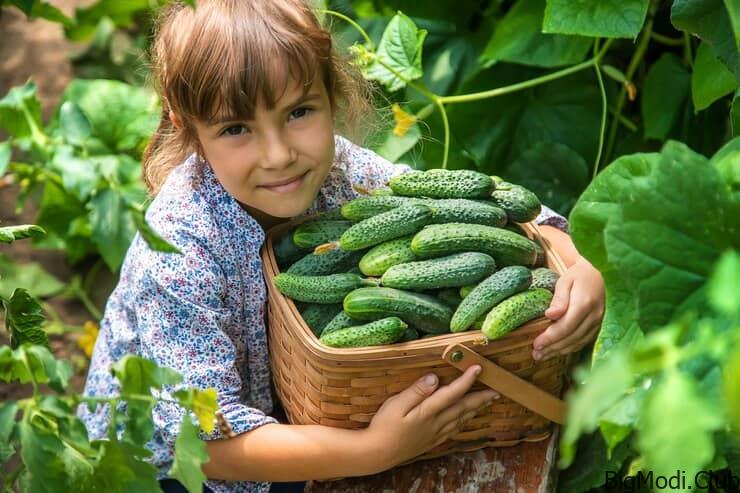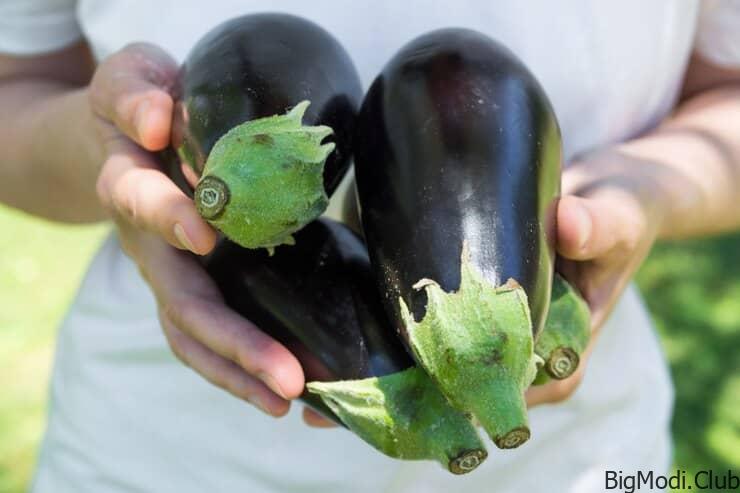Growing vegetables at home has become increasingly popular, offering a sustainable and rewarding way to enjoy fresh produce. One method that has gained traction is growing vegetables in soil bags. This technique is not only space-efficient but also offers numerous benefits, making it an ideal solution for both novice and experienced gardeners. In this comprehensive guide, we will delve into the intricacies of growing vegetables in soil bags, providing detailed insights and practical tips to help you maximize your harvest.
The Advantages of Growing Vegetables in Soil Bags
Growing vegetables in soil bags presents several advantages:
- Space Efficiency: Soil bags allow you to grow a variety of vegetables even in limited spaces, such as balconies, patios, or small gardens.
- Mobility: Soil bags are portable, enabling you to move your plants to optimize sunlight exposure and protect them from adverse weather conditions.
- Pest Control: By elevating the plants off the ground, soil bags reduce the risk of pest infestations and soil-borne diseases.
- Soil Quality Control: Using soil bags gives you complete control over the soil composition, ensuring optimal growing conditions for your vegetables.
- Cost-Effective: Soil bags are an affordable alternative to traditional gardening methods, requiring less investment in tools and materials.
Choosing the Right Soil Bags
Selecting the appropriate soil bags is crucial for the success of your vegetable garden. Here are some factors to consider:
Material
Soil bags come in various materials, including plastic, fabric, and biodegradable options. Fabric bags are highly recommended due to their breathability, which promotes healthy root development and prevents waterlogging.
Size
The size of the soil bag should match the type of vegetables you plan to grow. For example, larger vegetables like tomatoes and peppers require bigger bags (at least 5-7 gallons), while smaller plants like herbs and lettuce can thrive in 1-2 gallon bags.
Durability
Ensure that the soil bags are durable and can withstand the elements. High-quality fabric bags typically offer better durability and can be reused for several growing seasons.
Preparing the Soil for Optimal Growth
The quality of the soil plays a pivotal role in the success of your vegetable garden. Here’s how to prepare the soil for planting in soil bags:
Soil Composition
A well-balanced soil mix is essential for healthy plant growth. We recommend a mix of:
- 50% high-quality potting soil: Provides a good base and retains moisture.
- 30% compost: Adds essential nutrients and improves soil structure.
- 20% perlite or vermiculite: Enhances aeration and drainage.
pH Levels
Most vegetables prefer slightly acidic to neutral soil (pH 6.0-7.0). Test the pH of your soil mix and adjust if necessary using lime (to raise pH) or sulfur (to lower pH).
Nutrient Boost
Incorporate organic fertilizers such as bone meal, blood meal, or fish emulsion to provide a nutrient boost. These amendments release nutrients slowly, ensuring a steady supply for your plants.
Planting Techniques for Soil Bags
Proper planting techniques can significantly impact the health and yield of your vegetables. Follow these steps for successful planting in soil bags:
Seed Selection and Sowing
Choose high-quality seeds from reputable suppliers. For direct sowing, plant the seeds according to the depth and spacing recommendations on the seed packet. Alternatively, you can start seeds indoors and transplant the seedlings into the soil bags once they are robust enough.
Transplanting Seedlings
When transplanting seedlings, dig a hole in the soil bag deep enough to accommodate the root ball. Gently place the seedling in the hole, cover with soil, and firm it down to eliminate air pockets. Water thoroughly after transplanting.
Spacing and Arrangement
Adequate spacing between plants is crucial to prevent overcrowding and promote healthy growth. Follow the spacing guidelines for each vegetable type, and consider companion planting to maximize space and enhance plant health.
Maintaining Your Soil Bag Garden
Consistent care and maintenance are key to a thriving vegetable garden. Here are some essential maintenance practices:
Watering
Regular watering is vital, especially in the early stages of growth. Soil bags tend to dry out faster than traditional garden beds, so monitor moisture levels closely. Water the plants when the top inch of soil feels dry, ensuring thorough soaking.
Mulching
Applying a layer of organic mulch, such as straw or wood chips, helps retain moisture, suppress weeds, and regulate soil temperature. Mulch also adds organic matter to the soil as it decomposes.
Fertilizing
Feed your plants with organic fertilizers every 4-6 weeks to replenish nutrients. Liquid fertilizers can be applied more frequently for a quick nutrient boost.
Pruning and Training
Prune your plants regularly to remove dead or diseased foliage and encourage bushier growth. For vining vegetables like tomatoes and cucumbers, provide support structures and train the plants to grow vertically.
Pest and Disease Management
Preventing and managing pests and diseases is crucial to protect your vegetable garden. Here are some tips:
Pest Control
- Inspect regularly: Check your plants for signs of pests and take action immediately.
- Use natural remedies: Employ organic pest control methods such as neem oil, insecticidal soap, or companion planting with pest-repellent plants.
- Physical barriers: Install netting or row covers to protect your plants from insects and animals.
Disease Prevention
- Proper spacing: Ensure adequate spacing to improve air circulation and reduce the risk of fungal diseases.
- Water management: Avoid overhead watering to minimize moisture on foliage, which can lead to disease.
- Sanitation: Remove and dispose of infected plant material promptly to prevent the spread of disease.
Harvesting and Beyond
Knowing when and how to harvest your vegetables ensures maximum flavor and nutritional value. Follow these guidelines for a bountiful harvest:
Harvest Timing
Harvest your vegetables at their peak maturity for the best flavor and texture. Refer to the seed packet or plant tag for specific harvesting times.
Harvesting Techniques
Use clean, sharp tools to harvest your vegetables, and handle them gently to avoid bruising. For continuous harvest, pick vegetables like beans, cucumbers, and tomatoes regularly to encourage further production.
Post-Harvest Care
Store your harvested vegetables in appropriate conditions to maintain freshness. Some vegetables, like tomatoes and peppers, prefer room temperature, while others, like leafy greens, should be refrigerated.



